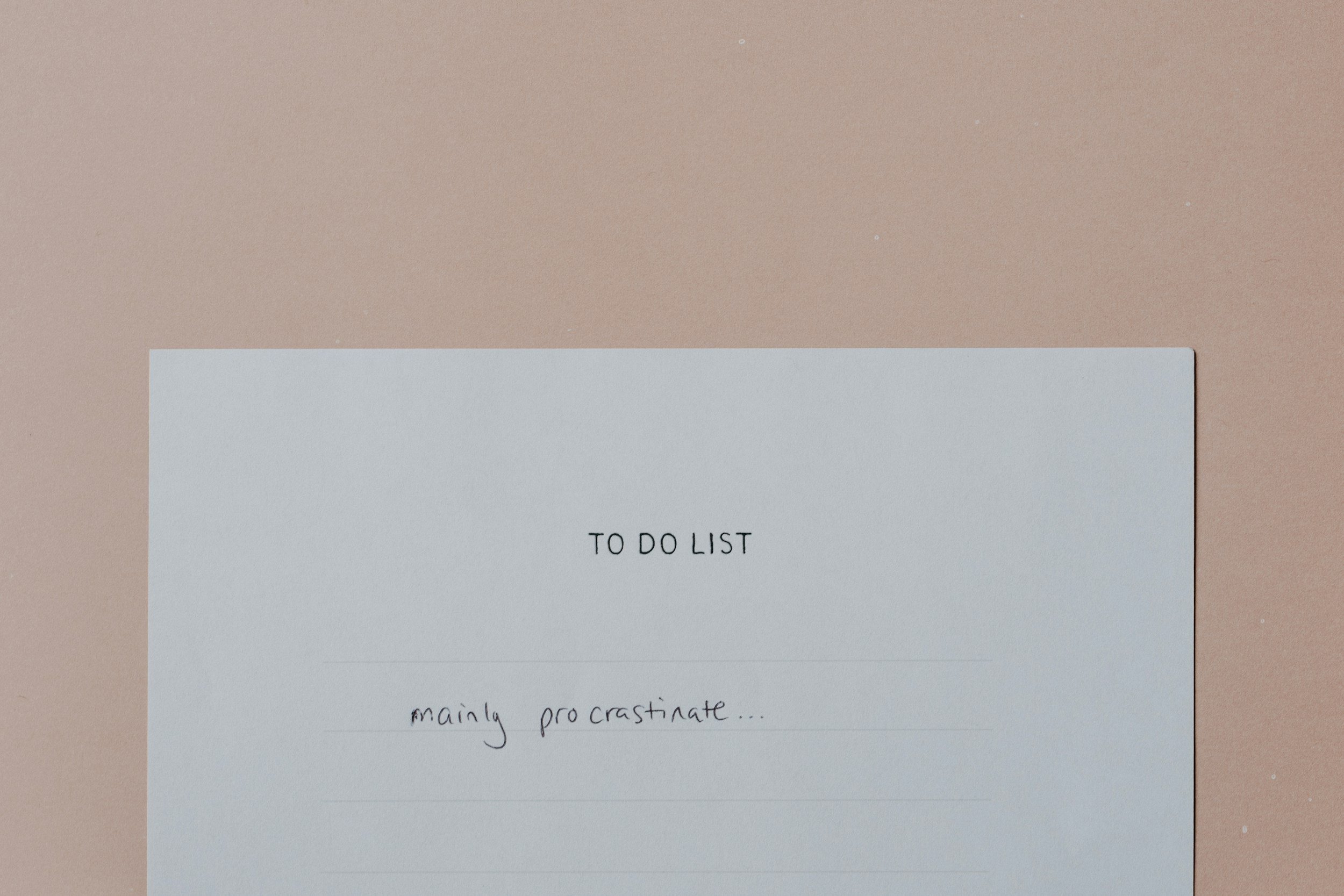Being Comfortable with the uncomfortable
Discomfort is uncomfortable, and yet we can only grow once we are outside our comfort zone. However, we need to build our tolerance towards discomfort through the body and our nervous system.
Increasing tolerance is uncomfortable, but so is staying in the same place. We can’t fully grow in our comfort zone and we might be sabotaging our true potential by fearing discomfort.
When speaking of discomfort, this refers to both physical as well as mental discomfort and pushing our limits beyond what feels comfortable.
Noticing, pausing and reframing
Next time something feels uncomfortable, pause for a moment and notice what comes up for you. I.e.: the thoughts, feelings, emotions, bodily sensations. There’s no need to change anything or run away from it by getting busy with another task.
Working with the nervous system rather being positive
Let’s bring the role of the nervous system into the equation. Sometimes, convincing ourselves that we need to get on with it won’t work. It’s not about our mindset. It’s a question of safety, feeling regulated in our nervous system, and functioning within our window of tolerance. Going beyond that, will be counterproductive and dysregulate our nervous system. So the aim is to slowly and gently build nervous system capacity and resilience to tackle the harder things, which are out of our comfort zone. This is something that takes time and patience. This can be done by dipping your toes at first, micro-dosing, and slowly increasing the tolerance bit by bit.
Let me give you an example. If you are finding yourself in a state of burnout or chronic fatigue, you might feel exhausted, perhaps sleep-deprived and anxious. You wake up one day and tell yourself that you’d like to go to a HIIT class at the gym because it will make you feel better and uplift your mood. This might sound like a good idea. However, we need to evaluate what the body is capable of in this moment and what is the state of the nervous system.
From the description above, it sounds like the body is rather exhausted and needs self-care, and that the nervous system is in a sympathetic state trying to cope with the anxiety. So we have two options:
Convince yourself that you need to feel better by going to the gym, acting somewhat outside of your comfort zone, and prolonging the sympathetic charge of the nervous system.
Check in with your body and its current state. Evaluate whether going to the gym is in your window of tolerance, and if not could this exacerbate things even more? Choose an alternative, like going for a walk in nature, practicing 15 minutes of yoga, or somatic shaking to release excess cortisol.
Whatever option you choose, take a moment to evaluate the state you find yourself in. If you chose option 1 you probably gained some short-term satisfaction, but find yourself even more exhausted. If you chose option 2, either the activity felt just right, or you might realize it was great and that you could add another 5 minutes next time. Allowing yourself to stay in your window of tolerance while at the same time building more capacity and slowly adding some discomfort, the next time you repeat the activity.
What this shows us is that, you might be faced with great discomfort in your life, but because you increased your tolerance, the discomfort feels more bearable and manageable. So over time, you start to build more capacity. The activity doesn’t wipe you out anymore because you have agency over the situation and your physical and nervous system states.
Procrastination, avoidance, resistance
Many times we avoid doing things and procrastinate because we fear that feeling that might arise with discomfort. So it’s not even the task as such that we are avoiding, but rather the feelings, emotions, and uncomfortable sensations that might arise on the way. What if we could do ourselves the favor and simply sit with that fear first, before even embarking on the task? We dread writing that report, or starting up a project because we fear it could be difficult, we won’t do it right, or we might fail. Perhaps an alternative is to overcome those feelings by sitting with them before we even start with the task.
It’s part of our human experience to feel discomfort every day, but how much it affects us will depend on our resistance towards it. There’s no point in resisting it, it’s happening anyway. So how about befriending it, and accepting it? This is where things will start to shift.
Staying in your comfort zone is safe, and right now it might not be possible for you to go beyond that. It would completely ramp up your nervous system. But let’s not forget that discomfort helps us grow, change and adapt. It’s a sign that we are growing. Because the only thing that is constant around us is change.


